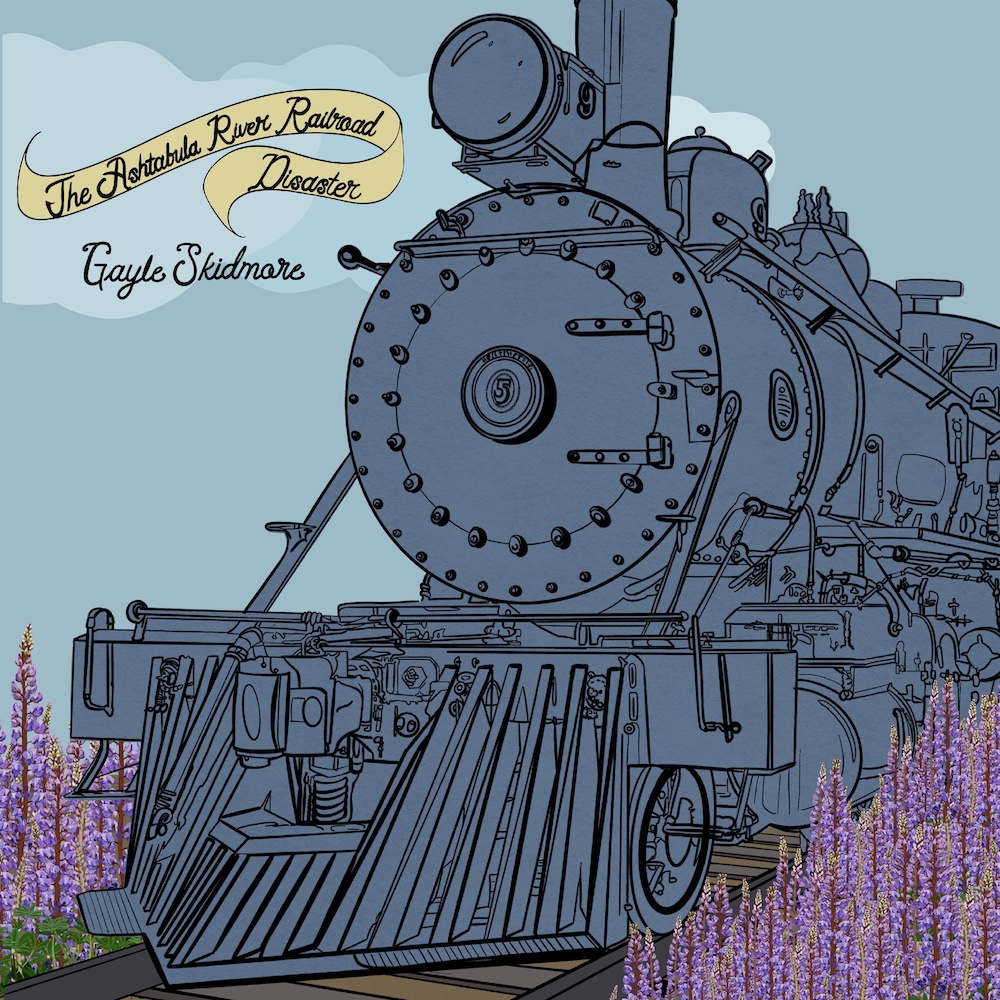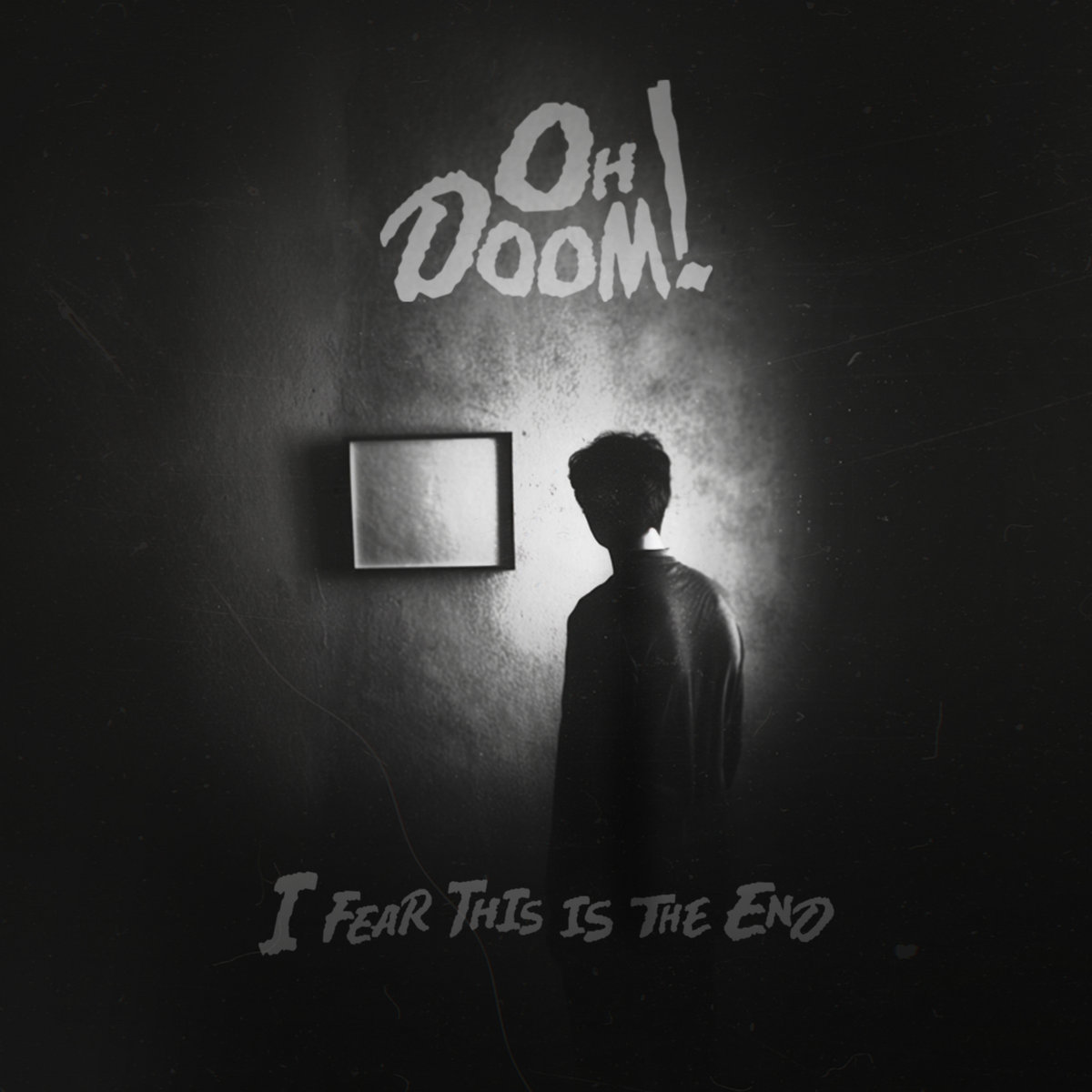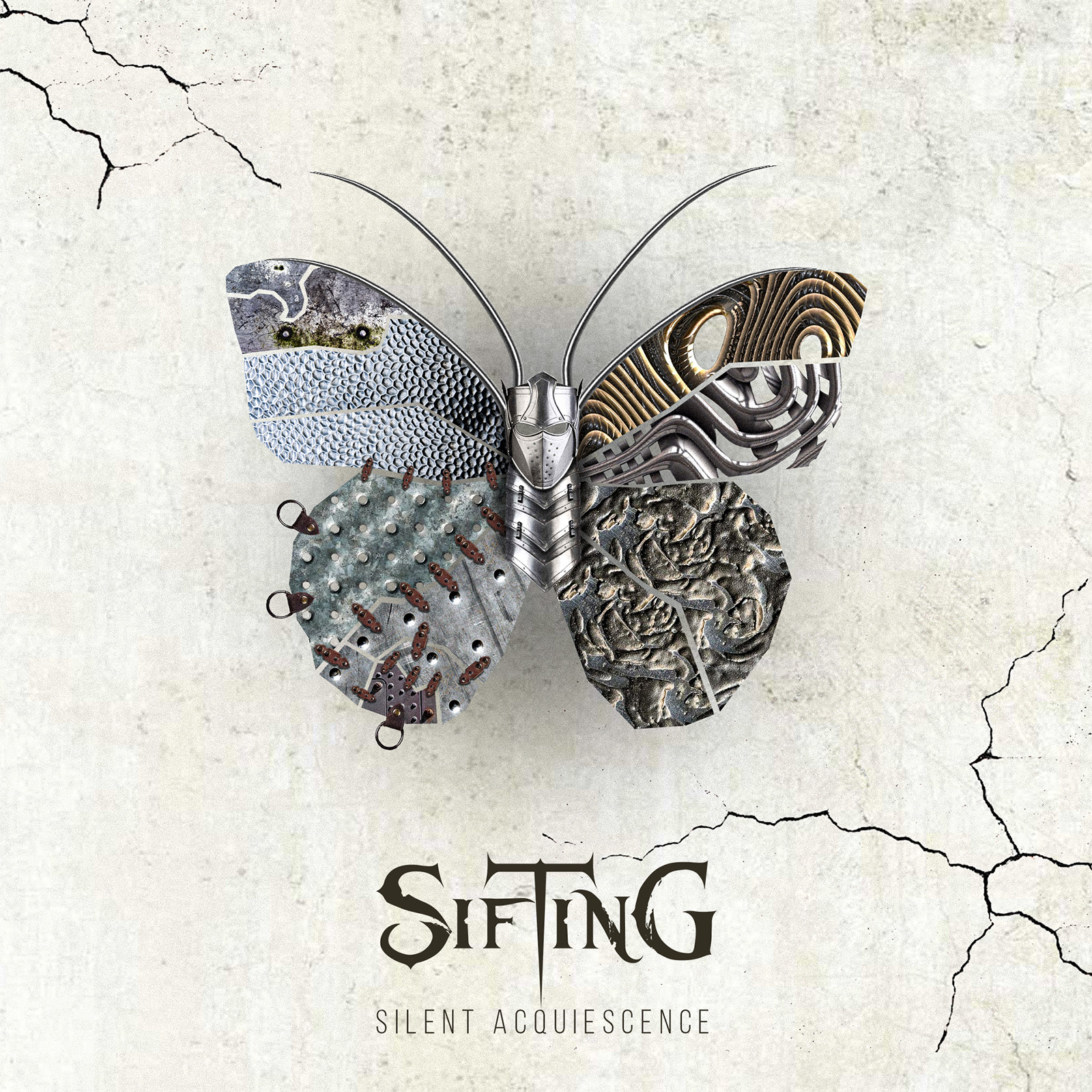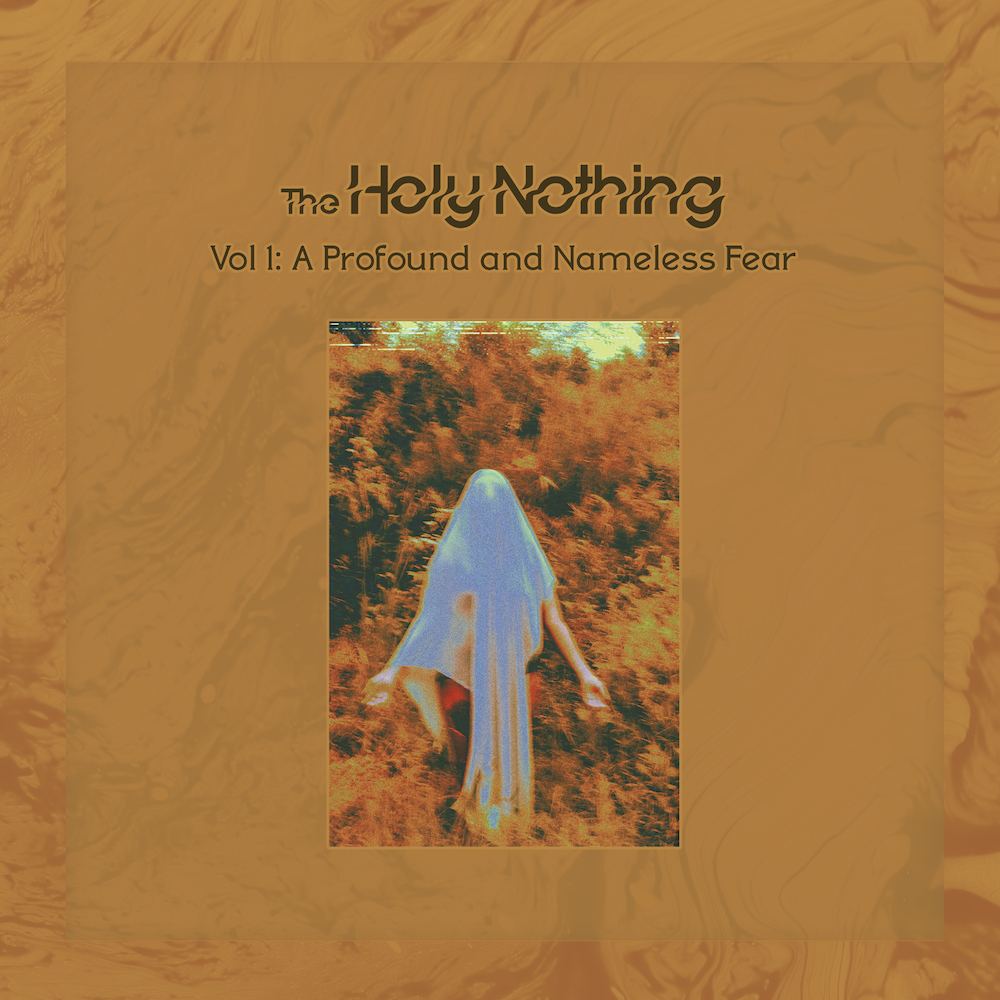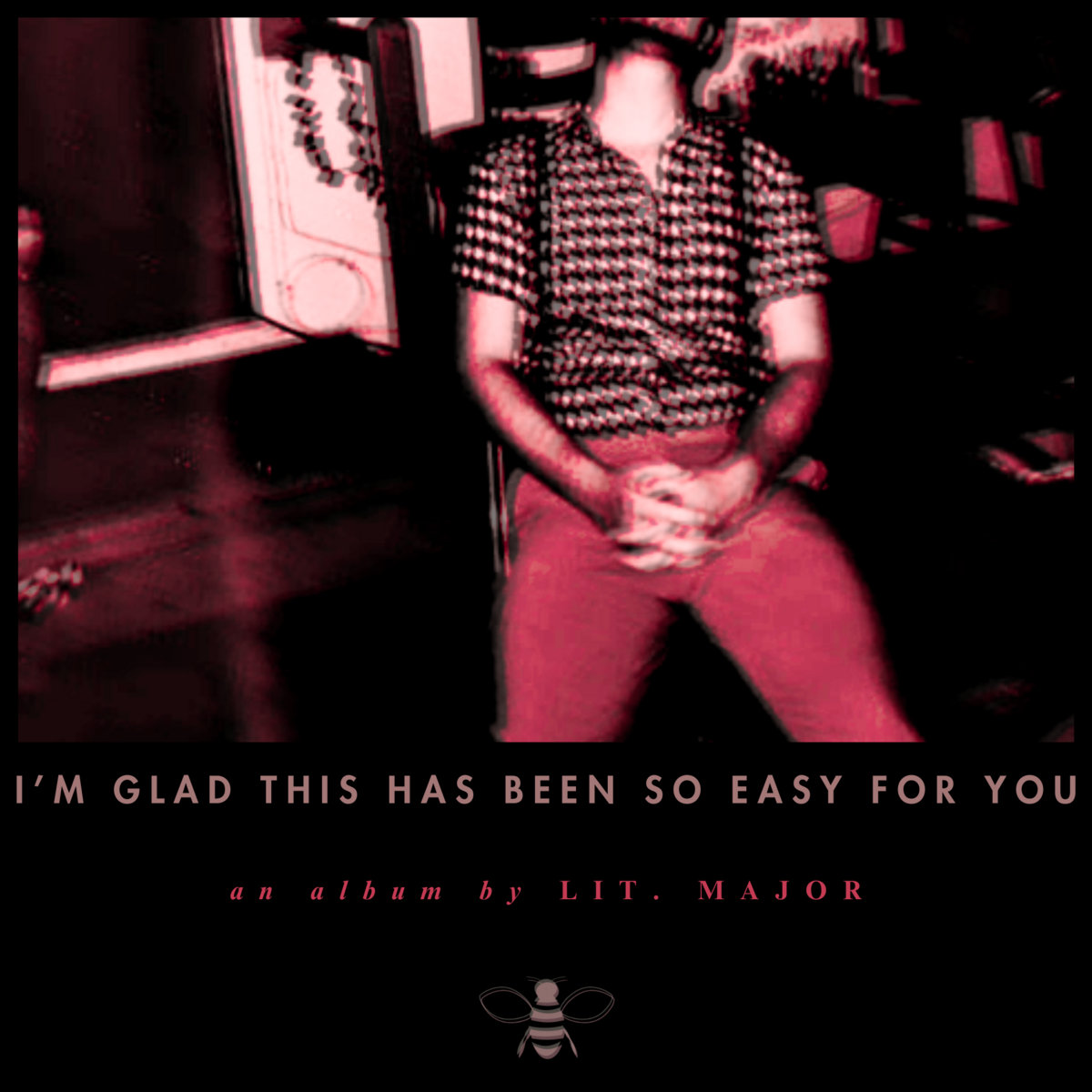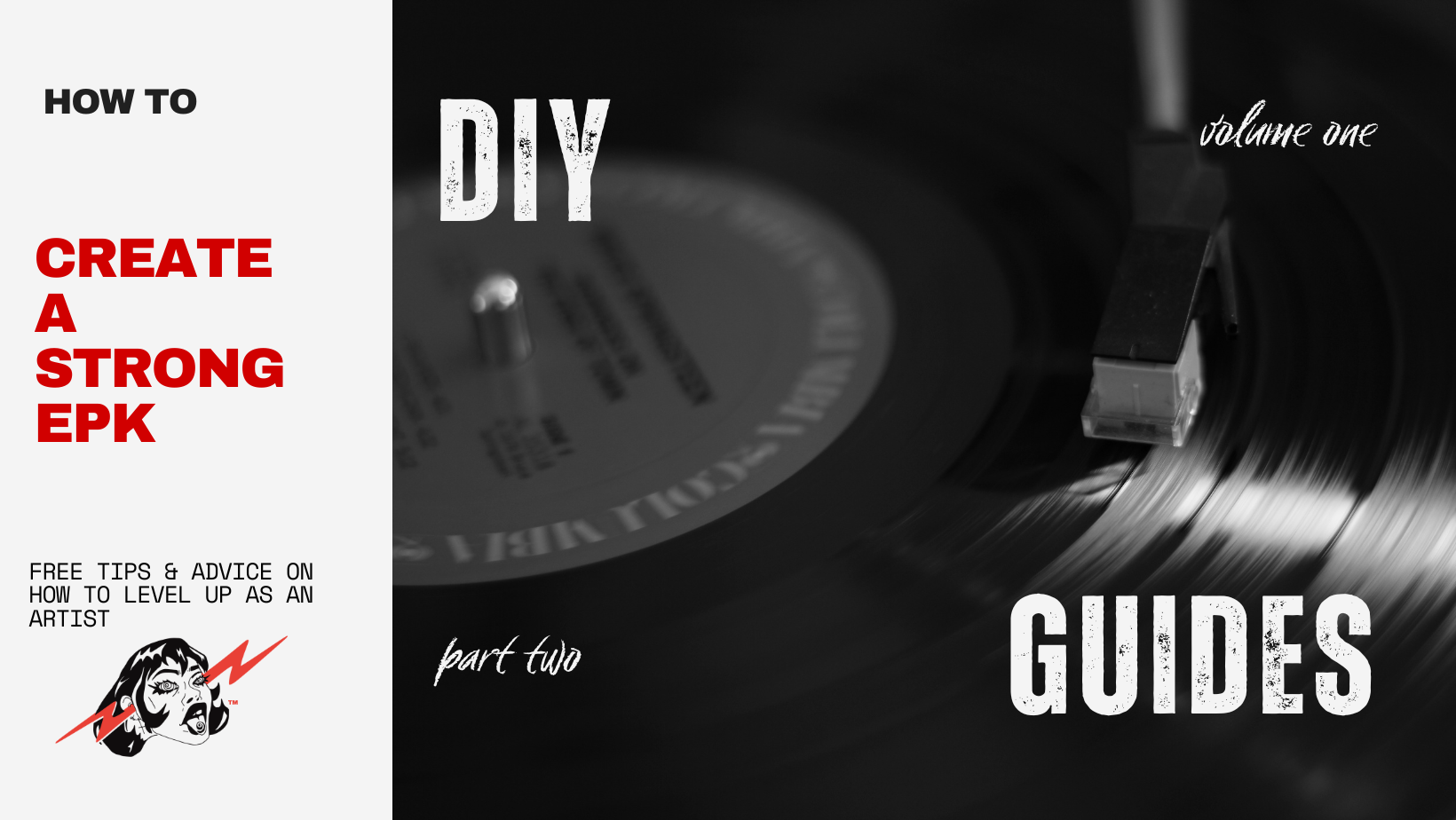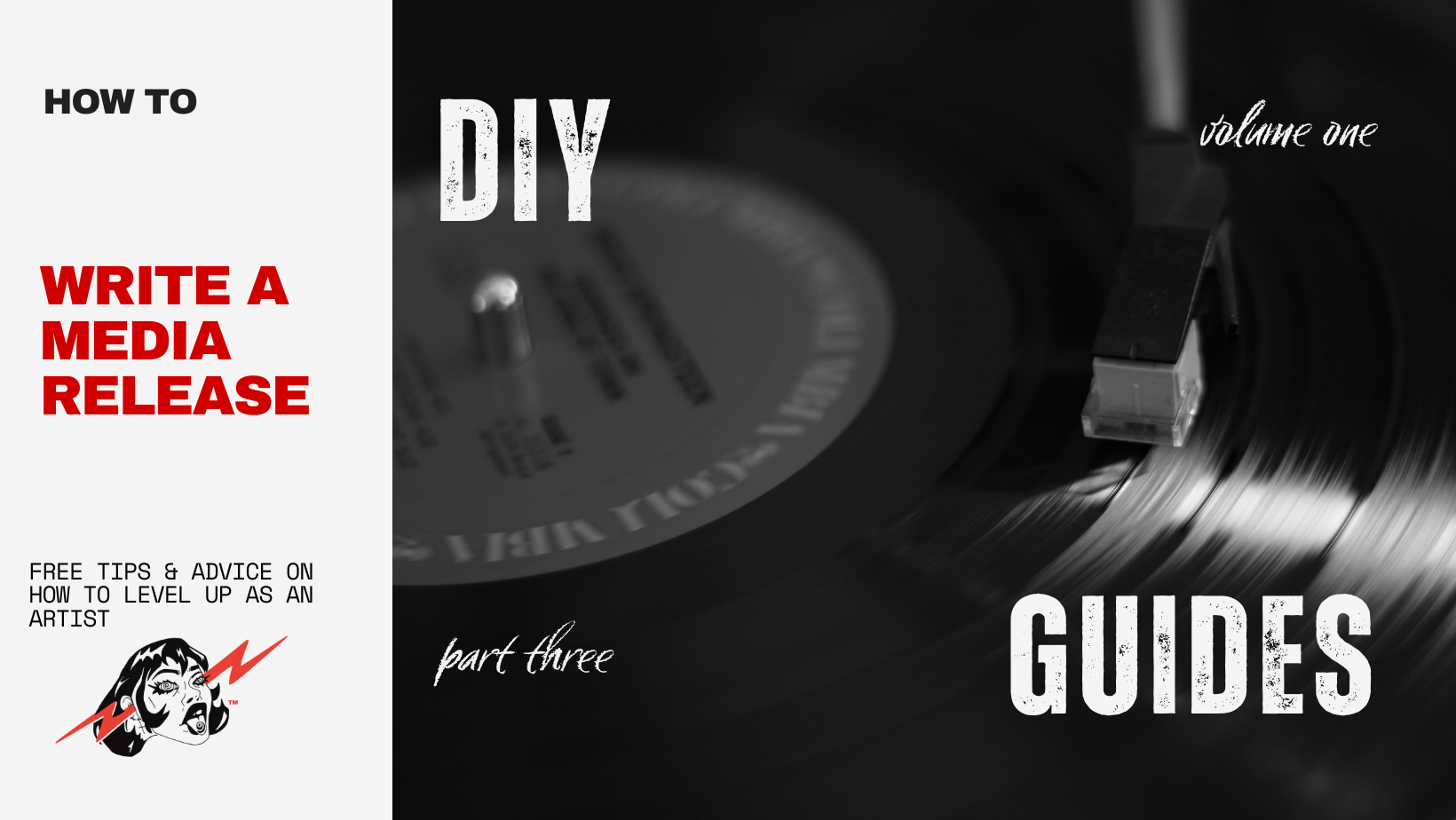In The Ashtabula River Railroad Disaster (April 4) Gayle Skidmore crafts a deeply personal tribute to history and family. It’s an album that sets itself apart not only through its subject matter but also in its musical approach. The eleven-track collection stands as a reflection on a devastating historical event that collapsed the railroad bridge in Ashtabula, Ohio, in 1876 and is also a personal tribute to Gayle’s own family ties to the tragedy.
Through the intricate and emotionally charged piano compositions, Gayle offers one a haunting window into the intersection of history, grief, and the enduring human spirit. At the heart of the album lies Gayle’s piano work, which captures the very essence of the disaster’s emotional landscape.
Gayle’s compositions evoke a raw emotion, which is perfectly exemplified in the track “The Last Farewell of Charles Collins and Amasa Stone.” The song’s delicate yet powerful melodies create a palpable atmosphere of gravity that showcases Gayle’s ability to convey weighty emotions without relying on lyrics.
By fusing personal loss with historical storytelling Gayle’s emotional connection to the disaster is amplified by her grandmother’s passing in 2019 and adds a deeply personal dimension to the work. Her family’s ties to the hymn writer Philip P. Bliss, who perished in the tragedy, are intricately woven into the narrative, giving the album not just an air of solemnity, but also a sense of familial reverence.
She states,
The theme of the album is how beauty and tragedy are intertwined in horrific events. There are elements in disaster that point us to the preciousness of life.
This is also a departure for Gayle in terms of composition style. As a solo piano album, The Ashtabula River Railroad Disaster moves away from the more traditional elements of her previous works. The focus on instrumental and neoclassical piano allows for a stark and unadorned exploration of emotion and history. Additionally, Gayle’s classical background shines through by creating an album where each track feels like a deliberate and heartfelt statement.
One of the most innovative aspects of the release is the inclusion of sheet music, allowing one a deeper connection to the music itself.
Gayle explains,
The sheet music idea came about from years of many of my fans and friends expressing interest in playing my piano pieces. They were a huge driving force behind this project.
It’s a gesture that bridges the gap between performer and listener and offers an intimate experience for those wishing to engage with the music on a more personal level.
The Ashtabula River Railroad Disaster carves a space all its own. It’s a rare fusion of historical reflection, personal grief, and musical innovation that is destined to resonate with anyone who appreciates the delicate balance of beauty amidst tragedy.

